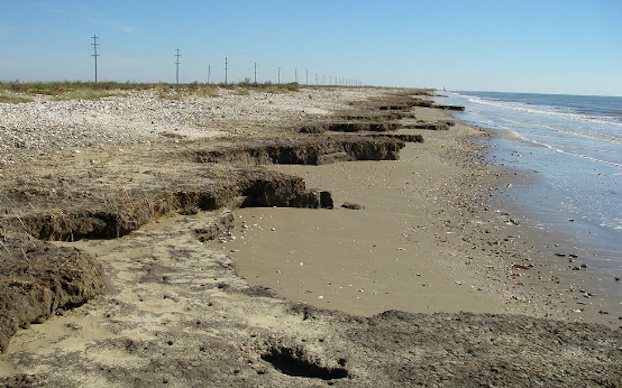Coastal project aimed at mitigating storm damage
Published 9:06 am Thursday, June 22, 2023
The US Army Corps of Engineers and the Coastal Protection and Restoration Authority have taken the first steps towards implementing nonstructural coastal storm damage mitigation efforts to up to 4,000 residential and commercial properties in Cameron, Calcasieu and Vermillion parishes.
The Southwest Coastal Louisiana Project aims to mitigate future severe weather damage to homes, businesses and warehouses by implementing localized storm surge risk reduction, such as elevating properties in high-risk areas in Louisiana and instituting coastal ecosystem restoration for about 11 miles of Southwest Louisiana coastline.
Bren Haase, executive director, Coastal Protection and Restoration Authority, said that this is a “monumental step for reducing storm surge risk in Southwest Louisiana and helping to restore an entire, unique ecosystem in the state of Louisiana.”
With the low elevation, flat terrain and proximity to the Gulf of Mexico as well as the projected shoreline erosion, saltwater intrusion and habitat loss in these three parishes, preemptive risk reduction measures are vital.
“This may be the understatement of the year, but the people of Southwest Louisiana have been waiting on this for a long time,” he said. “After back-to-back beatings of hurricanes Laura and Delta in 2020… it is clear that there is no time to waste in accomplishing the goals of this project.”
According to the 2016 Final Feasibility Study that was conducted to determine preliminary eligibility, 3,462 residential structures are eligible to be raised in elevation, 342 commercial structures will be considered for dry flood-proofing and 157 warehouses will be be looked at for localized risk reduction.
Most residential structures will be raised approximately 5 feet; the maximum height for elevation is 13 feet. Commercial structure dry flood-proofing will be 3 feet above ground and localized risk reduction measures (constructing berms) will be applied to warehouses less than or equal to 6 feet above ground.
Eligibility for structures is based on the 2025 25-year base flood elevation.
This is the largest, innovative non-structural coastal storm damage mitigation endeavor in the region’s history, and the largest of its kind in the nation, said Major General Diana Holland, Commanding General of the USACE Mississippi Valley Division.
The total cost of the project will be $6B. Maj. Gen. Holland said that the project has received an initial tranche of $300 million that will enable them to begin elevating the first 800 to 1,000 structures.
Colonel Cullen Jones, USACE New Orleans District Commander said that this funding is thanks to the Bipartisan Infrastructure Law, as well as community funded projects.
He said that there are already 27 slated for elevation. According to the US Army Corps of Engineers New Orleans District website, 10 of these structures will be in Calcasieu Parish and 17 are in Vermillion Parish.
This is funding and attention that the Southwest Coast deserves, Holland said. “Southwest Louisiana doesn’t have the same level of investment that other areas of Louisiana have.”
Jones said that this project wouldn’t have been possible without the partnership between federal, state and local levels of government and community.
“Whenever we deliver risk reduction projects, we’re going to face challenges both known and those yet to be discovered,” he said. “The key to meeting those challenges is working together as partners.”
“That relationship is what has gotten us to this point, and enabled us to sign this agreement that will carry us through as we get into what will be the real tough work, which is implementing this project,” said Haase.
Holland said that the New Orleans District of the US Army Corps of Engineers will be spearheading the project, but the “program delivery focused team” and the Rock Island District will be supporting the work.
The partnership exhibited in Southwest Louisiana will extend to other at-risk areas in the country. While executing the risk reduction measures, the Corps will be learning efficient methods that will be implemented throughout the United States. “What we learn from this project, what we do here, is going to be likely applied in other places “Coastal erosion and needed resilience – we’re seeing it all over. It just happens to be most acute right here.”
This project was initially authorized in the Water Infrastructure Improvement for the Nation Act of 2016.






